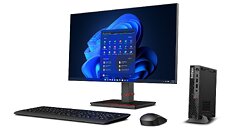Manli Releases GeForce RTX 5050 Graphics Cards
Manli Technology Group Limited is proud to announce the Manli GeForce RTX 5050 graphics card. Step up to NVIDIA Blackwell with the GeForce RTX 5050, featuring 4th-gen ray tracing and 5th-gen Tensor Cores for game-changing AI capabilities and performance in top games and apps.
Manli Design
There are 2,560 CUDA cores onboard powering the RTX 5050. It also features 8 GB of memory, and GDDR6 memory speeds of up to 20 Gbps, with 5th Gen Tensor Cores, delivering up to 421 AI TOPS. Manli offers RTX 5050 in Polar Fox & Nebula series. We sincerely invite you to experience NVIDIA Blackwell with our innovative IP characters - Polar. Plus, there's also classical and durable version - Nebula. Expect you to have a whole new adventure with Manli's graphic cards. Stay with Manli, you always have the choice!!!
Manli Design
There are 2,560 CUDA cores onboard powering the RTX 5050. It also features 8 GB of memory, and GDDR6 memory speeds of up to 20 Gbps, with 5th Gen Tensor Cores, delivering up to 421 AI TOPS. Manli offers RTX 5050 in Polar Fox & Nebula series. We sincerely invite you to experience NVIDIA Blackwell with our innovative IP characters - Polar. Plus, there's also classical and durable version - Nebula. Expect you to have a whole new adventure with Manli's graphic cards. Stay with Manli, you always have the choice!!!



































































